Textile and garment exports are still under a 90-day suspension for tax negotiations, but the US imposing an additional 10% reciprocal tax on the old MFN tax basis has caused many difficulties for exporting countries, including Vietnam. To make the most of market opportunities, most textile and garment exporting enterprises are focusing on production, before new tax policies from the US help the market "reverse".
Tax changes immediately impact orders and unit prices.
Information from the Vietnam National Textile and Garment Group (Vinatex) shows that, despite the continuous fluctuations in the market, with proactive and flexible management, Vinatex has maintained its growth momentum from the second half of 2024. Mr. Le Tien Truong, Chairman of the Board of Directors of Vinatex, shared that in the face of unpredictable developments in tariff policies, Vinatex has directed garment enterprises in the entire system to implement the "90-day lightning-fast working" campaign, making the most of signed orders, making great efforts, and determined to complete orders for the second quarter within 90 days (before July 5, 2025).

“For the garment industry, the group assigned the Production and Business Department to study the supply chain of raw materials and accessories, prioritize the use of fabric sources from enterprises in the group system, if they meet quality requirements, they will support enterprises in classifying each product and each market that is at risk of being affected by new tax policies, thereby creating a basis for negotiating with customers and finding suitable directions in the coming time. For the yarn industry, although the market in the past 6 months has been quiet, it has improved compared to 2024, helping the industry make a profit, although it is still low,” said Mr. Truong.
The textile and garment market context in the first half of 2025 is very unique, but according to the assessment of the Chairman of Vinatex, growth and profits during this period are still quite good. Specifically, in the first quarter, when orders from enterprises were prepared early, along with the positive world economic context and low inventories in export markets. That has led to a clear increase in orders, not being divided into small pieces like in 2024, creating conditions for garment enterprises to be more proactive in their production and business plans.
However, right after US President Donald Trump announced a 46% reciprocal tax on Vietnamese exports in early April, customers immediately announced that they would stop placing orders. Only after the US postponed the reciprocal tax for 90 days did orders resume. Taking advantage of this time, businesses in the group must find ways to increase production progress and meet orders as soon as possible after reaching an agreement to increase costs more reasonably, using the number of orders to compensate for the unit price, thereby creating efficiency.
Businesses do not wait for tariff levels
With only 20 days left until the US reciprocal tax deferral period expires, the two sides are still intensifying negotiations to reach a mutually beneficial trade agreement. Before the results of the tariff negotiations were available, textile and garment enterprises had to prepare orders for the third quarter from the end of May and the beginning of June, so they faced many difficulties in calculating the number of orders and unit prices while the tariff level had not yet been determined.
Vinatex leaders said that because it takes a long time to have an official new tax rate, businesses have had to accept having enough orders until at least the end of July, but can divide according to the ratio of 50% of orders applying the old tax rate, 30% of orders will wait for the new tax rate. In August and September, on the basis and basis of the new tax rate, businesses will continue to receive orders for the whole year of 2025.
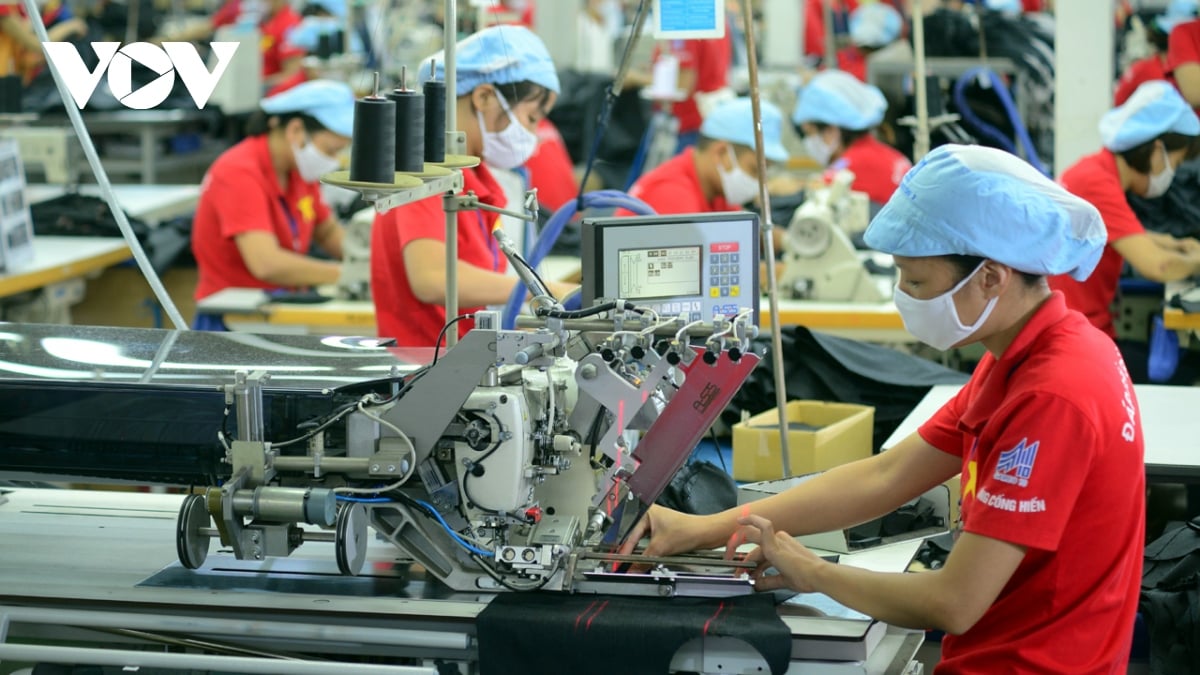
Therefore, enterprises and partners need to agree to continue production, if there is a change in tariffs, both sides will discuss further. Enterprises cannot wait for the tariff results to produce because then they will miss the beat. Moreover, any enterprise insisting on their own safety, not accepting orders and waiting for results will greatly affect the global supply chain.
“At this time, businesses need to share risks to maintain the trust and position of customers towards them. It is predicted that the results of negotiations with the US will be positive, as the two sides are closer in terms of views, so tariffs for Vietnam in general, including textiles and garments, will not be too high. That is the basis for textile and garment orders from now until the end of the year, which will basically be sufficient. Although the growth rate is different, it is hoped that the growth of textile and garment turnover in 2025 will still increase by 7% - 8%,” said Mr. Le Tien Truong.
| In May 2025, the Vietnamese textile and garment industry continued to record positive signals with export turnover (EXR) reaching 3.84 billion USD, up 6% over the same period last year. This is the highest export level ever recorded in the month of May, surpassing May 2022 - a period of sudden growth due to the "overbuying" phenomenon after the Covid-19 pandemic. In the first 5 months of 2025, the textile and garment industry achieved a total export turnover of 17.8 billion USD, up 10% over the same period in 2024, corresponding to an absolute increase of 1.6 billion USD. | |
Source: https://baohungyen.vn/xuat-khau-det-may-trong-thay-doi-thue-quan-van-giu-mach-tang-truong-3181930.html




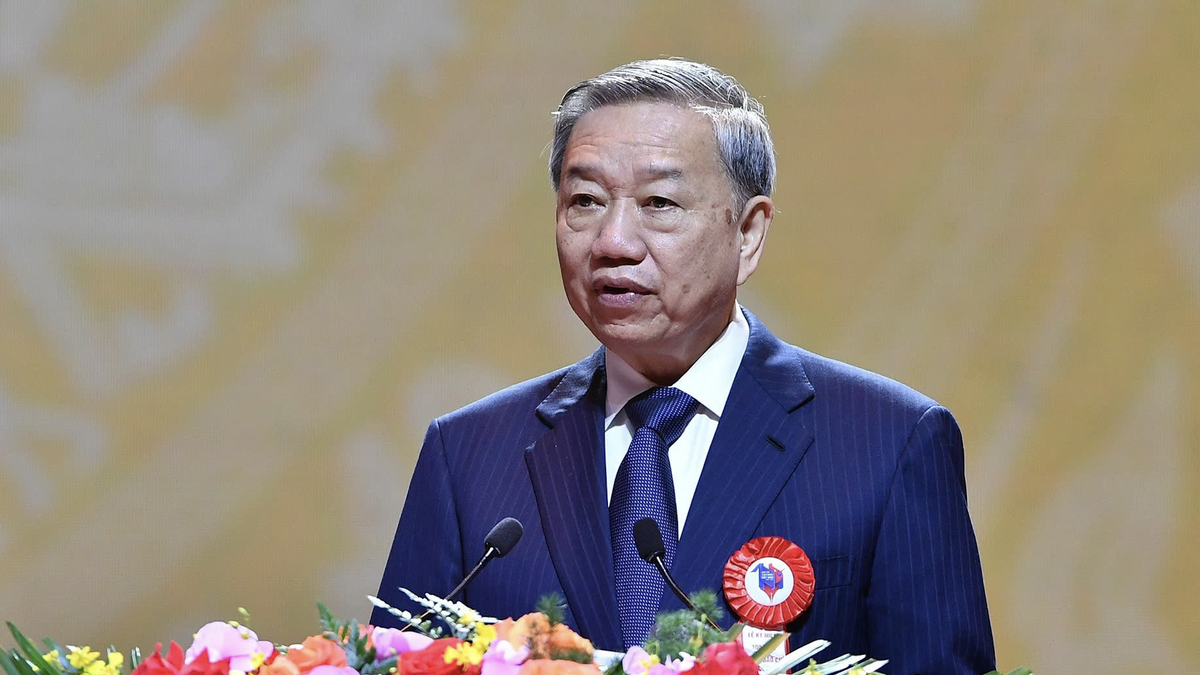










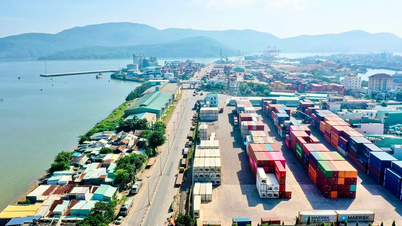









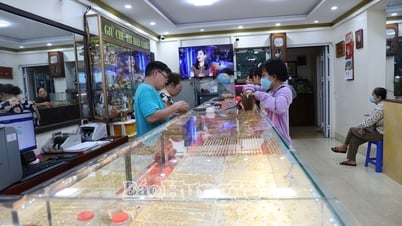

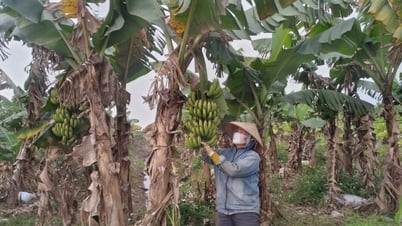

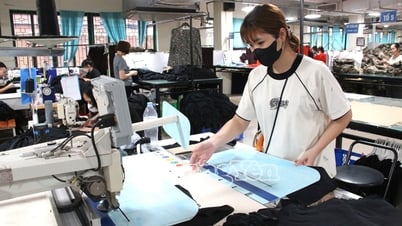
![[Photo] Central Propaganda and Mass Mobilization Department meets with exemplary journalists](https://vphoto.vietnam.vn/thumb/1200x675/vietnam/resource/IMAGE/2025/6/21/9509840458074c03a5831541450d39f8)




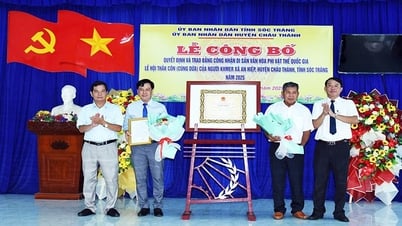










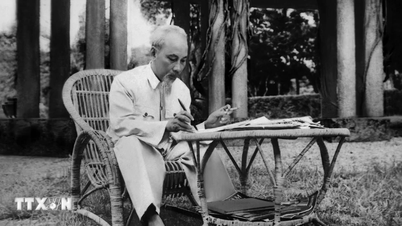










![[Maritime News] Wan Hai Lines invests $150 million to buy 48,000 containers](https://vphoto.vietnam.vn/thumb/402x226/vietnam/resource/IMAGE/2025/6/20/c945a62aff624b4bb5c25e67e9bcc1cb)


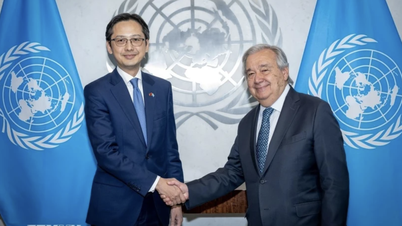





















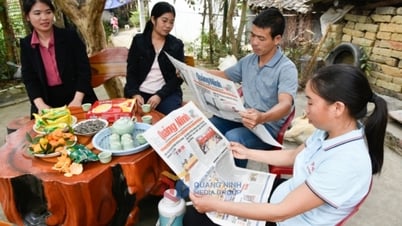











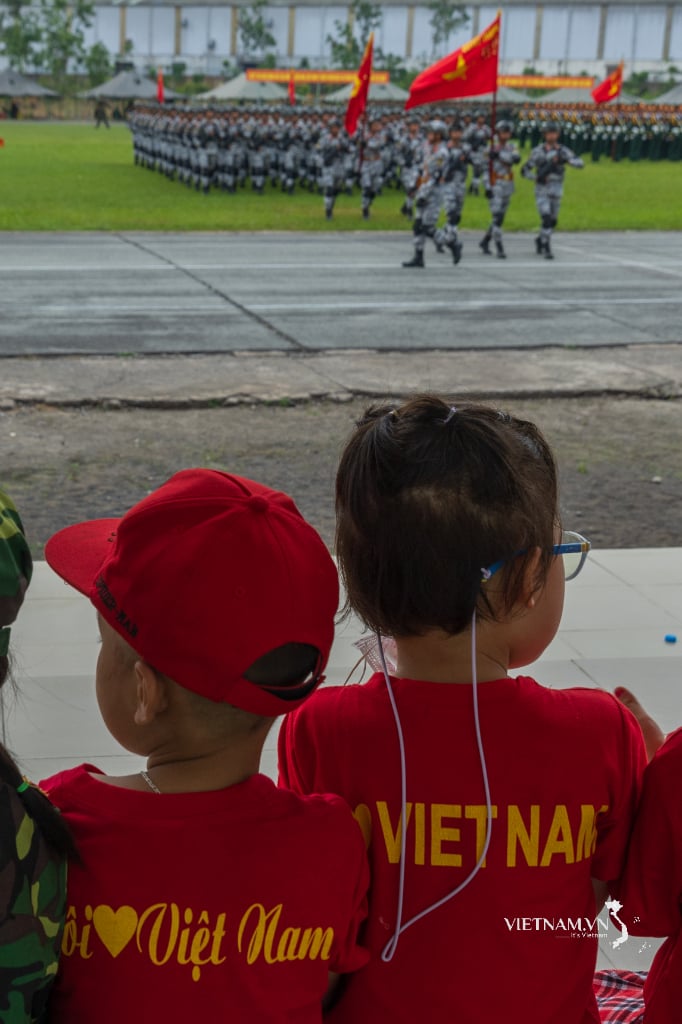
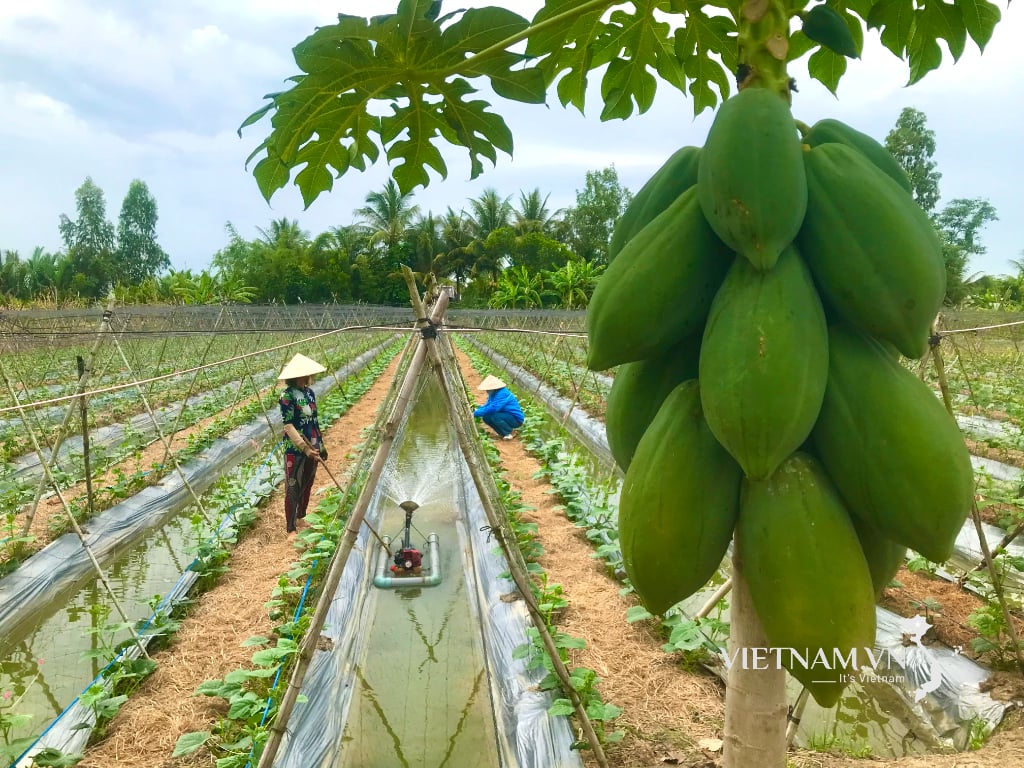


Comment (0)